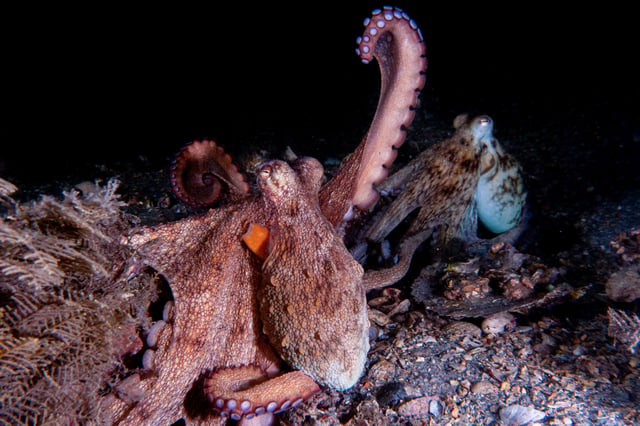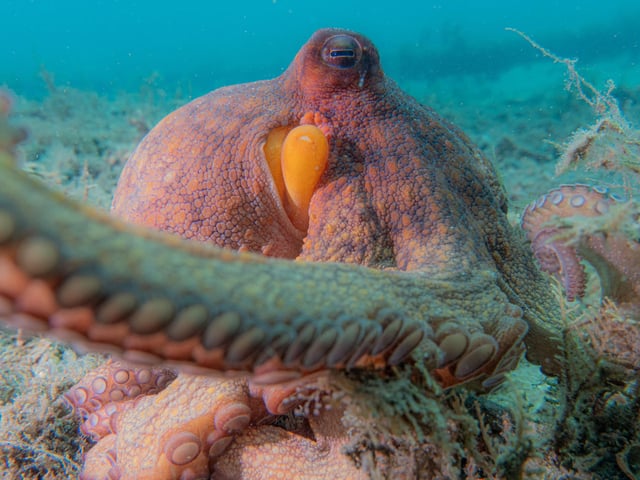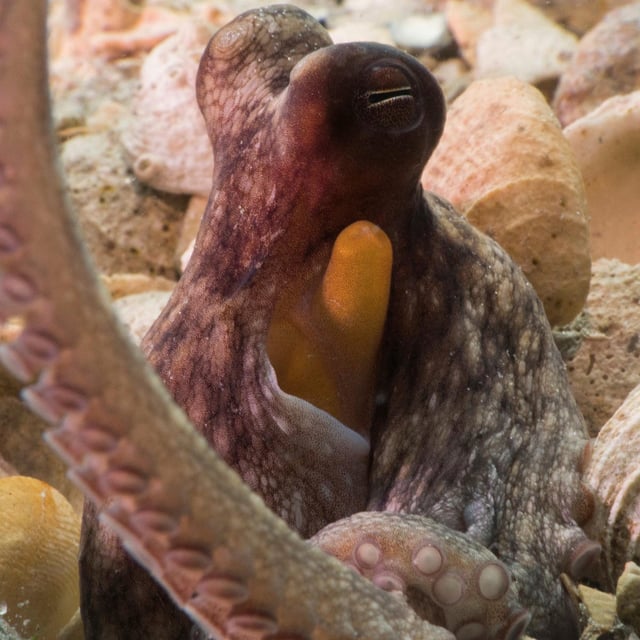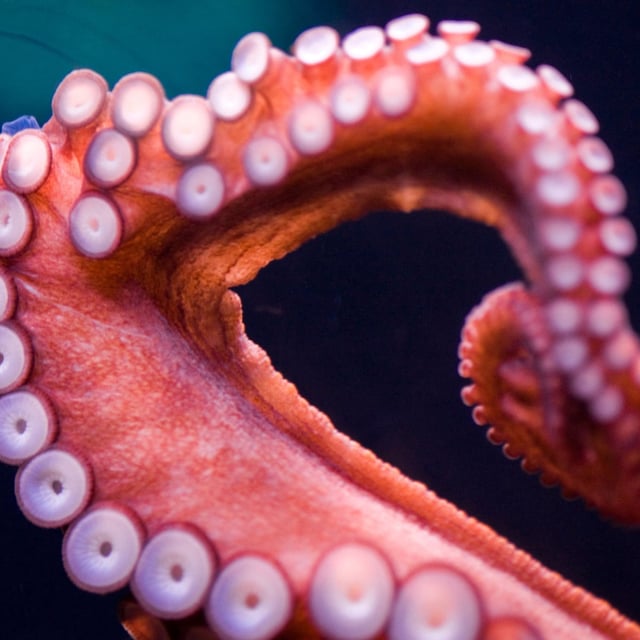Overview
- Researchers report the front four arms accounted for about 64% of actions, with rear arms leading in locomotion tasks such as stilting and rolling.
- The study analyzed 25 short videos of three species recorded from 2007–2015 in six shallow-water sites in the Caribbean and Spain.
- Authors identified 12 arm actions across 15 behaviors implemented through four deformations—shorten, elongate, bend, torsion—with region-specific patterns along each arm.
- No consistent left–right preference emerged in the wild, though arms often operated in coordinated left–right pairs and single arms could perform multiple actions simultaneously.
- Findings published in Scientific Reports underscore relevance for neuroscience and soft-robotic design, with partial support from the U.S. Office of Naval Research.



